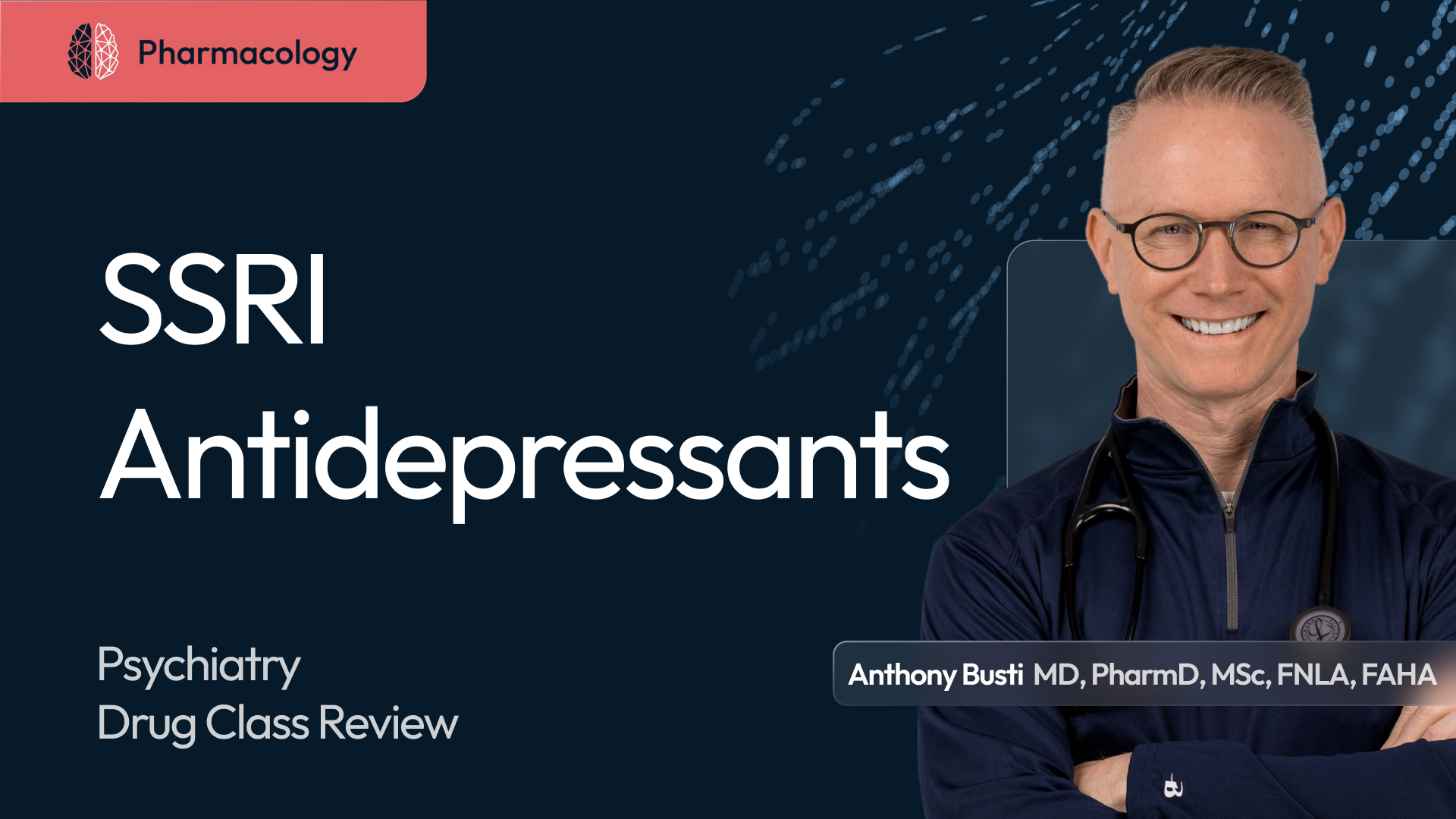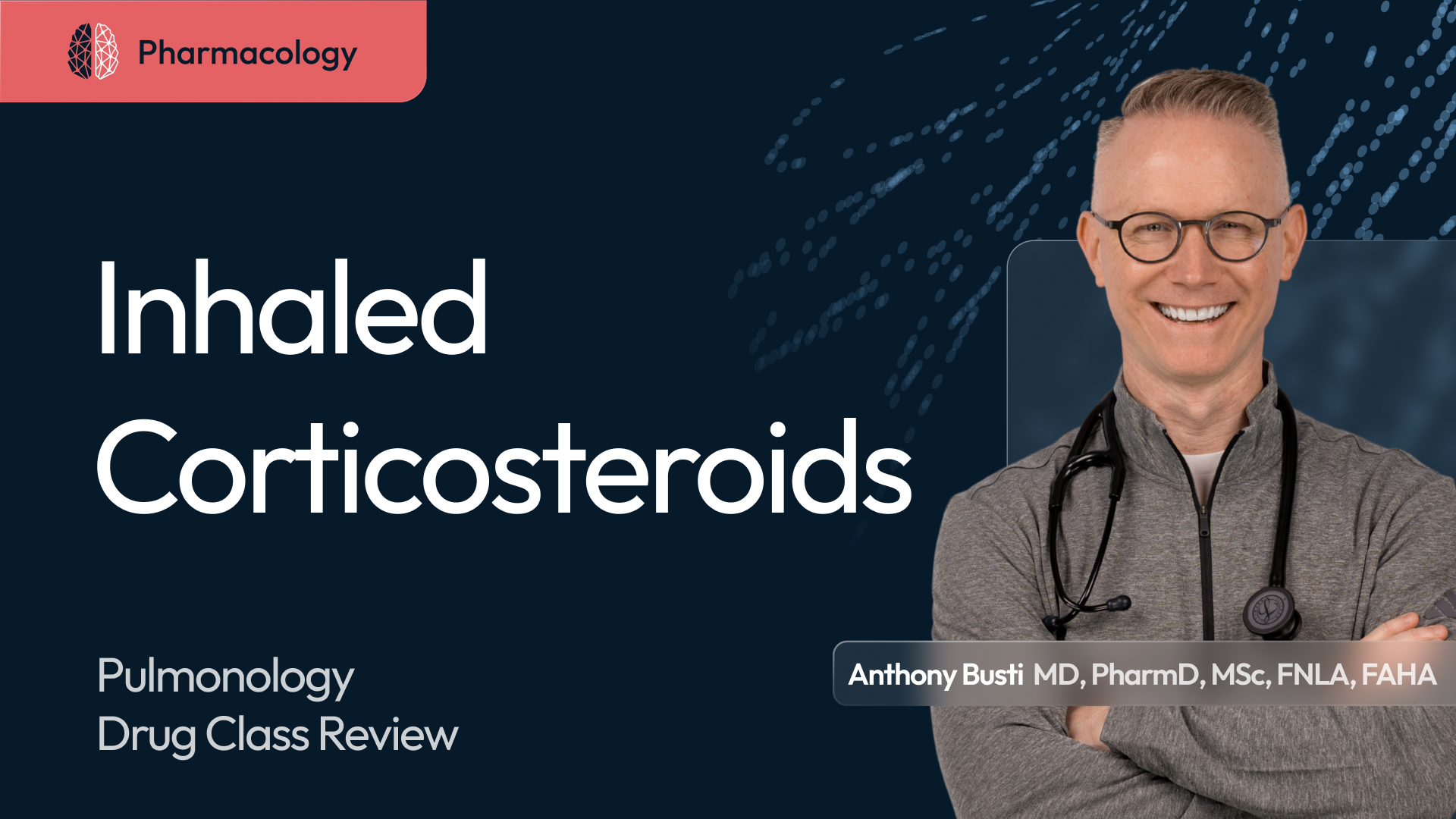Smoking Cessation Agents: Pharmacology Made Easy & Clinically Relevant
Smoking cessation requires a multifactorial approach to achieve the desired quit rates for the patients we serve. Learning the pharmacology in a way that explains not only the how, but more importantly, the why is essential to this success.

This This Is Why pharmacology review examines the evidence-based pharmacologic and behavioral strategies for smoking cessation. The episode explores how combining medication with behavioral interventions can substantially improve abstinence rates and long-term success.
The review begins with the clinical relevance of smoking cessation, outlines the 5 A’s (Ask, Advise, Assess, Assist, Arrange) and 5 R’s (Relevance, Risks, Rewards, Roadblocks, Repeat), and then analyzes first-line pharmacologic options—bupropion, nicotine replacement therapy (NRT), and varenicline—alongside alternative agents such as nortriptyline and clonidine.
Each therapy is discussed in terms of mechanism, dosing, timing in relation to quit date, advantages, disadvantages, contraindications, and monitoring requirements.
The session also addresses patient selection, special populations (pregnancy, cardiovascular disease, geriatrics), and combination therapy approaches for enhanced outcomes.
Key Learning Points
- Overview of national smoking rates and clinical rationale for cessation
- Application of the 5 A’s and 5 R’s frameworks in patient counseling
- Mechanisms, dosing, and unique features of first-line therapies
- Considerations for drug combinations and sequencing
- Alternative options and when they may be appropriate
- Monitoring parameters, adverse effects, and patient counseling strategies
- Evidence on improving adherence and long-term abstinence
Disclaimer:
This content is for educational purposes only and is not intended to provide medical advice, diagnosis, or treatment. Always seek the advice of your physician or other qualified health provider with any questions you may have regarding a medical condition. Never disregard professional medical advice or delay in seeking it because of something you have heard in this content.
Chapters:
00:00 Clinical relevance of smoking cessation
00:45 Behavioral foundations: The 5 A’s and 5 R’s
02:15 Pack-year calculation and cigarettes per day
03:20 Overview of first-line pharmacologic options
04:10 Bupropion: mechanism, advantages, and cautions
05:45 Nicotine replacement therapy: formulations and dosing
07:35 Varenicline: partial agonist activity and tolerability
09:05 Alternative options: nortriptyline and clonidine
10:35 Safety considerations and patient selection
11:40 Monitoring parameters and counseling points
12:40 Special populations and combination therapy
13:40 Summary and key takeaways
More than just access—it’s where understanding deepens.
Create a free account or log in to gain access to this content!

Dive Deeper
Bonus Video (ad free)
Downloads
Smoking Cessation Agents Tables
Dive Deeper
Bonus Video
Downloads
Smoking Cessation Agents Tables

























